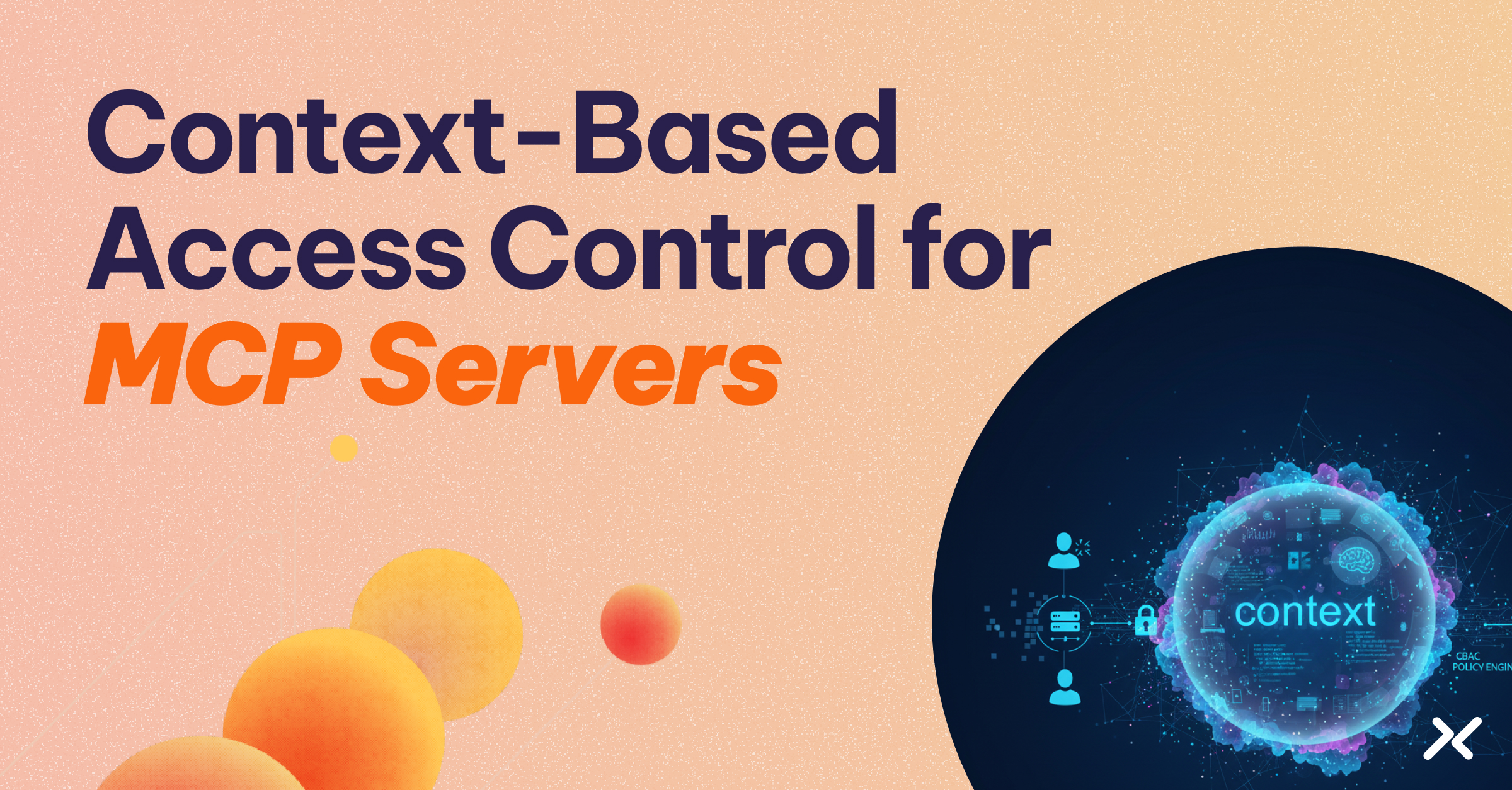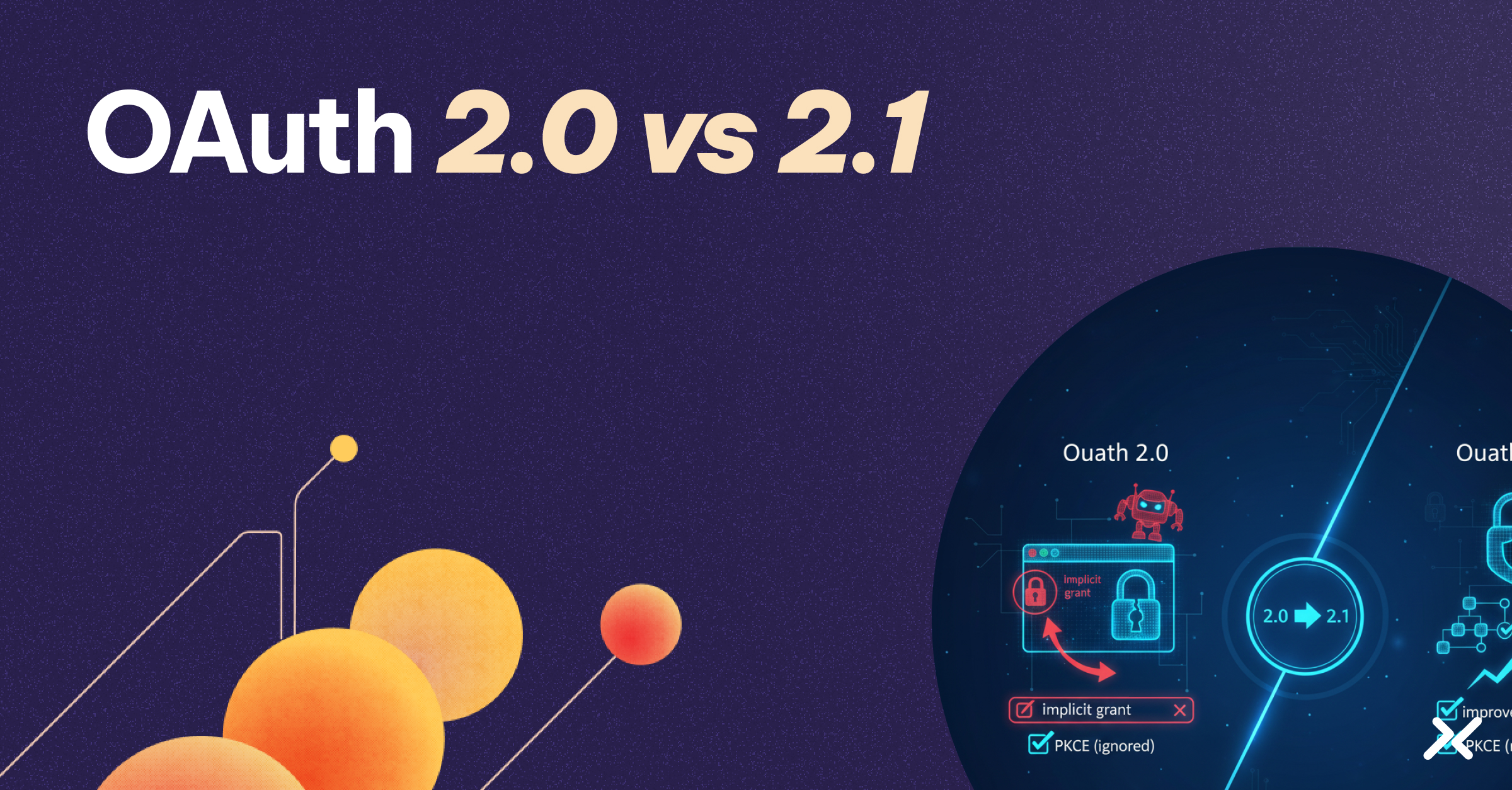Static credentials, like hardcoded API keys and embedded passwords, have long been a necessary evil. But in distributed, cloud-native environments, where services and workloads constantly spin up and down, these static credentials have become a growing source of risk, operational friction, and compliance failure.
This raises an urgent question for security and platform teams: Is there a better way to manage workload identity and access across dynamic, heterogeneous environments?
That’s where the conversation turns to Secrets Management vs. Workload Identity and Access Management (Workload IAM). Secrets management tools have helped organizations control sprawling credentials, but they still rely on the creation, storage, and rotation of static access credentials.
Workload IAM, by contrast, enables a model where workloads don’t store or handle credentials at all. Instead, they authenticate in real-time, receive short-lived access, and operate within strict policies, eliminating a major attack surface and streamlining operations.
Why Static Credentials Fall
Many organizations still rely on static credentials, like API keys, tokens, and passwords, to control workload access to cloud services, APIs, and internal systems.
But attackers know this. And they’re taking full advantage.
But here’s the reality: attackers know this, and they’re taking full advantage.
According to the 2024 Verizon Data Breach Investigations Report, 79% of web application compromises involved breached credentials. In many cases, these were long-lived access keys or tokens that were hardcoded, embedded in configuration files, or never rotated, making them easy targets for attackers.
In dynamic cloud environments, where workloads are constantly created, destroyed, and moved across platforms, the operational burden of managing static access credentials continues to grow.
79% of web application compromises identified in 2024 involved breached credentials.
– 2024 Verizon Data Breach Investigations Report
Secrets Management Helped, But It’s No Longer Enough
Secrets management tools, such as key vaults, parameter stores, and credential injection systems, were designed to help organizations securely store and distribute static access credentials across services.
By centralizing credential storage, enabling audit trails, and supporting automated rotation, these tools have become a foundational part of the modern security stack, especially for managing long-lived credentials.
However, even the best secrets management tools still rely on the existence, storage, and distribution of static access credentials, which remain vulnerable to misconfiguration, misuse, and exposure.
Operations teams are responsible for rotating credentials, updating configuration files, and managing access across environments. But even with well-configured systems in place, success depends on developers using the tools correctly.
Hardcoded tokens, outdated environment variables, or bypassed injection mechanisms can reintroduce the very risks secrets management was meant to solve, making credentials just as vulnerable as if no protections were in place.
Features like dynamic secrets and automated rotation have helped reduce some of the operational burden. But the core problem remains: as long as static credentials exist, even short-lived ones, they can still be exposed through misconfiguration, developer mistakes, or vulnerabilities in CI/CD pipelines.
In cloud-native environments, where workloads are highly dynamic and distributed, relying solely on secrets management is no longer sufficient to meet modern security and compliance needs.
A more adaptive approach, built on Workload IAM, is needed to eliminate static credentials and close the gaps that secrets management tools can’t address.
What Is Workload IAM?
Workload IAM is a modern approach that eliminates the need for workloads to store, handle, or even see static or dynamic credentials.
Instead of relying on secrets embedded in configuration files or pulled from vaults, it delivers access dynamically, based on verified workload identity, real-time policy evaluation, and strict access controls.
With Workload IAM, when a workload or automation tool needs to connect to a resource, like a database, cloud API, or SaaS service, it doesn’t fetch a static credential from a vault or configuration file.
Instead, a trusted identity provider or identity broker for workloads verifies its identity in real time and issues short-lived, ephemeral access credentials that expire in minutes or seconds.
This approach eliminates the risk of exposing access credentials in source code, configuration files, or CI/CD pipelines, ensuring that workloads never store or transmit secrets unnecessarily.
Workload IAM also supports the principle of least privilege. Access credentials are scoped, auditable, and automatically expired, minimizing the attack surface and reducing the risk of unauthorized access or credential misuse.
Workload IAM: Benefits and Real-World Impact
Adopting secretless access is a strategic shift that eliminates chronic pain points and unlocks new possibilities for cloud-native security, operations, and compliance.
Eliminates the Risks of Managing Static Credentials
No more storing API keys, database credentials, or connection strings in configuration files, source code, or injected secrets. By removing static access credentials altogether, Workload IAM reduces the risk of leaks through misconfiguration, manual exposure, or automation output.
Simplifies Operations and Automation
With Workload IAM, access credentials are issued dynamically and just-in-time, removing the need to manually rotate secrets, restart services, or coordinate updates across multiple vaults and environments. This streamlines DevOps workflows and reduces operational friction during deployments, integrations, and incident response.
Strengthens Access Control and Enforces Least Privilege
With Workload IAM, access decisions are based on verified identity and policy, not static credentials. Permissions are scoped to specific workloads, credentials are ephemeral and automatically expired, and access is continuously auditable. This enforces least privilege by default, minimizing the impact of credential misuse.
Improves Compliance and Auditability
Workload IAM logs every access request, including the workload identity, resource accessed, timestamp, and policy applied. This creates a complete, real-time audit trail that simplifies compliance reporting, accelerates incident investigations, and gives security teams full visibility into non-human access.
Unifies Access Across Multi-Cloud and Hybrid Environments
Workload IAM acts as a consistent access layer across clouds, environments, and platforms, brokering identity and access between trust domains without relying on manually managed credentials.
This eliminates the need to manage multiple secrets managers or duplicate access policies across infrastructure, allowing workloads to connect securely wherever they run.
Enables Rapid Incident Response
When access credentials are compromised, time is critical.
With Workload IAM, there are no secrets embedded in client workloads to track down or rotate. Access can be expired instantly, and new, policy-scoped credentials are issued automatically, reducing response time and containing potential impact.
Moving Away from Static Credentials With Workload IAM
Traditional secrets management and static credentials have served their purpose, but as organizations adopt cloud-native architectures and dynamic workloads, they’re hitting limits in security, scalability, and operational efficiency.
Workload IAM offers a path forward. By eliminating the need to store and manage static access credentials,
Workload IAM enables organizations to grant access dynamically, based on real-time identity verification, scoped policies, and ephemeral credentials that automatically expire.
This shift minimizes the attack surface, simplifies operations, and provides the visibility and auditability that modern security teams need. Whether you’re operating across clouds, managing thousands of workloads, or tightening access for critical systems, Workload IAM supports the principle of least privilege by design, without the friction of traditional secrets management.
Aembit makes this shift achievable. Our Workload IAM platform issues access at runtime, based on verified identity and policy, helping teams eliminate static credentials and unify access control across environments.
The Workload IAM Company
Manage Access, Not Secrets
Boost Productivity, Slash DevSecOps Time
No-Code, Centralized Access Management




